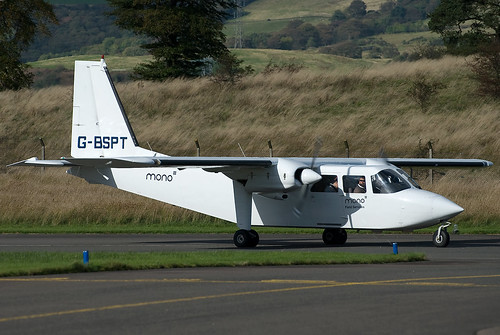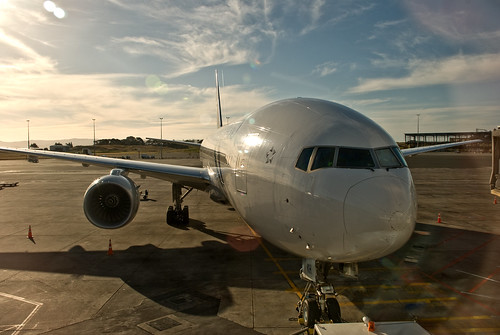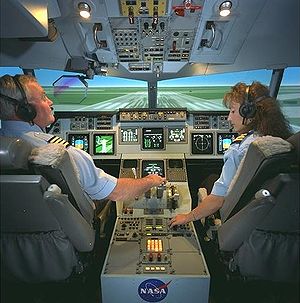 We all have fears. Some of us won't even admit to them, but we have them. Embarking on anything new, while being very exciting, can also be very scary. The reason, the main reason...fear of failure. You need to get over your fears not only of flying, if you have one. but of failing as well before you can be the proud owner of a private pilot license.
We all have fears. Some of us won't even admit to them, but we have them. Embarking on anything new, while being very exciting, can also be very scary. The reason, the main reason...fear of failure. You need to get over your fears not only of flying, if you have one. but of failing as well before you can be the proud owner of a private pilot license.If you've taken a driver's test and didn't pass the first time, you remember what that was like when the instructor turned to you and said, "Sorry, you failed." If you looked up the word "down" in the dictionary, you would have seen a photo of yourself right next to the definition.
Nobody likes to fail, and fear of failure is one of the worst fears in the world.
Okay, great... now that we've established that... how do we deal with it?
Here are a few great ways of overcoming the fear of failure.
1. Consider The Missed Opportunity.
Imagine that you decide that you're too afraid to go through with learning how to fly and taking your exam. Now imagine what life is going to be like without being able to do this very thing that you love so much. I'm assuming that if you want to learn how to fly, there is a big reason for it. Focus on that instead of the fear and this will go a long way to alleviating that fear.
2. Research The Alternatives
Imagine what you will have to do without your PPL. You'll have to rely on commercial airlines. You won't be able to go where you want to go WHEN you want to go there. You'll be at the mercy of others. The alternatives to flying your own plane, if you don't want to rely on commercial airlines, are driving, train, bus and even boat. If that thought makes you sick to your stomach, focus on it. That'll get you over your fear of failure.
3. Put The Worst Case Scenario Into Perspective
Let's say you fail your PPL exam? What's the worst thing that can happen? They can't tell you that you can't take it again. You can still take another shot at it. It's not like this is a one time offer. If that were the case, there would be a ton of people not driving or flying planes. It's not the end of the world if you fail. At worse, you have to wait a little longer to get your PPL.
4. Understand The Benefits Of Failure
Believe it or not, you learn something from failure. You learn what it is you did wrong and get a chance to improve it. Would you rather that you didn't fail your exam only because some instructor took pity on you and ended up getting yourself killed because you really weren't ready to fly? I think you know the answer to that.
5. Make A Contingency Plan
If you do fail, have a plan. You should already be planning in advance on taking more lessons, getting more flight time and rescheduling. Failing doesn't mean that you give up.
6. Take Action
The best way to get rid of that fear is to just go ahead and do it. The more you procrastinate, the more afraid you're going to become until you reach a point where you're unable to take your exam at all.
7. Burn Your Boats
In ancient times, Greeks would burn their boats so that they had no choice but to move forward. They couldn't turn back. I don't know what you have to do in order to burn YOUR boat but do it. If that means picking up the phone and scheduling your exam, do it. Don't look back.
Hopefully, the 7 items I've gone over will help you get over your fears of getting your private pilot license
Cris Cato is an avid fan of aviation. If you are ready to pursue your very own private pilot license, head on over to my site for a special software that will help you prepare for the private pilot exam.
http://www.squidoo.com/Get-Your-Private-Pilot-License
Article Source: http://EzineArticles.com/?expert=Cris_Cato
http://EzineArticles.com/?7-Tips-to-Getting-Over-Your-Fears-Before-Getting-Your-Private-Pilot-License&id=3716029








